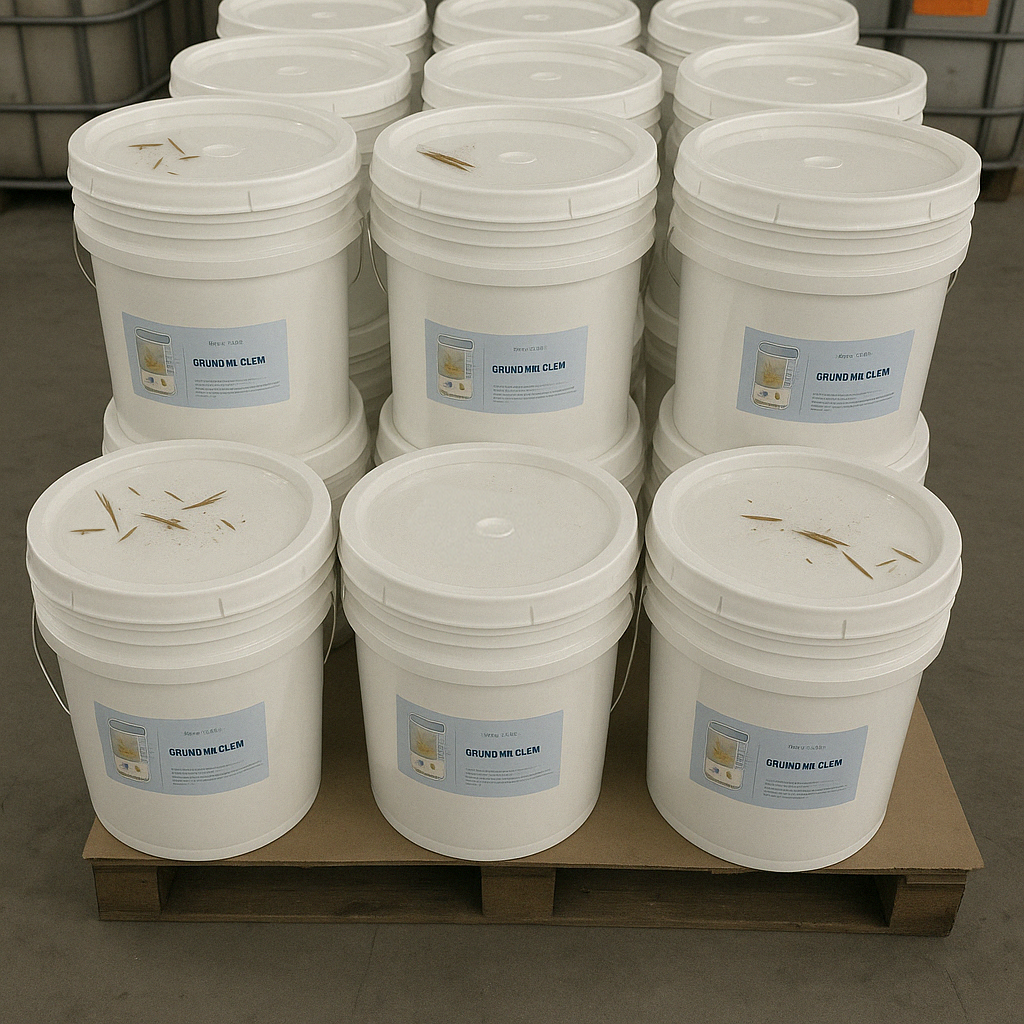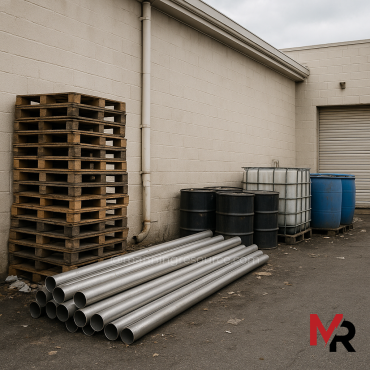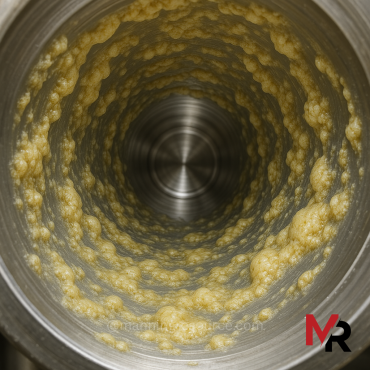Sometimes it takes a near miss to spark real improvement.
In this case, it was debris, small splinters from pails that had been stored on in storage racks underneath broken pallets. The failure was caught internally before it became a food safety event, but not before we lost a full batch and had to shut down for hours to clean, inspect, and reset the system.
What happened?
A temporary “relief” employee stepped in to help during a lunch break. While the primary operator had been trained, the fill-in had not. They dumped the pails into the hopper as instructed, without noticing the debris stuck to the tops.
The result? Contamination, downtime, and wasted product.
But instead of just moving on, we used the event as a catalyst. We brought the entire team together, including temporary employees, and walked the process from start to finish. What we found were several weak points that, once addressed, not only reduced risk but completely reshaped our operation for the better.
Here’s what we changed:
– Staged all pails for inspection before entering the batching area, removing debris and damaged containers, while looking at root causes for upstream damage.
– Transferred pails to plastic pallets and rinsed them with sanitizing hoses to eliminate dirt, splinters, and potential pathogens.
– Verified ingredient accuracy and recorded all lot numbers before transferring them forward.
– Installed a macro screen at the hopper and an inline screen, which captured clumps and other materials that previously caused clogs and cleaning delays, speeding up the process and reducing downtime. It also eliminated build up in our PHEs (Plate Heat Exchangers), minimizing the opportunity for biomass.
– Expanded this improved workflow to include all bagged and bulk ingredients, mitigating foreign material risks across the board and improving overall process control.
– Improved cross-training and awareness, ensuring every person, especially temporary and relief employees, understood food safety and quality expectations tied to their roles.
One small failure turned into a major leap forward. It not only improved food safety and team engagement but also minimized the constant start-stop issues in our processing and filling operations. With a steady, clean flow of product to the line, we saw smoother runs and measurably better operational yields.
Even more, it led us to identify the root cause of the broken and splintered pallets. a key source of foreign materials.
By addressing that, we eliminated a contamination risk and corrected an ongoing issue that was driving pallet loss variances, ultimately recovering unnecessary spend.
Efficiency, safety, and cost control gained from one internal catch.
If handled properly, failures can turn into great successes!
This photo was AI generated.




Add Comment